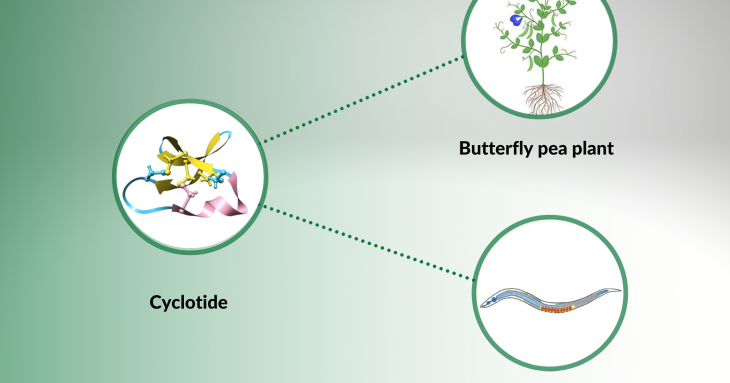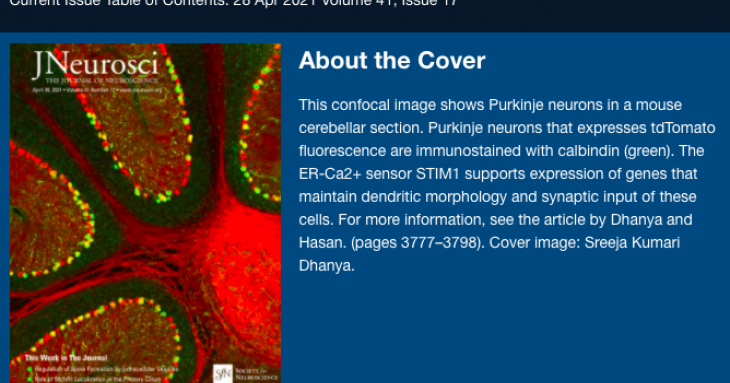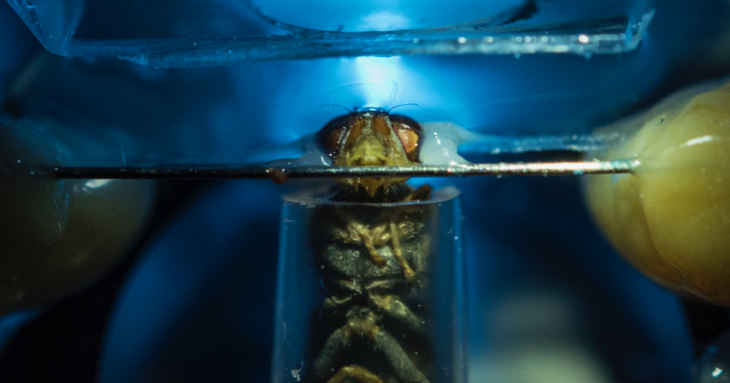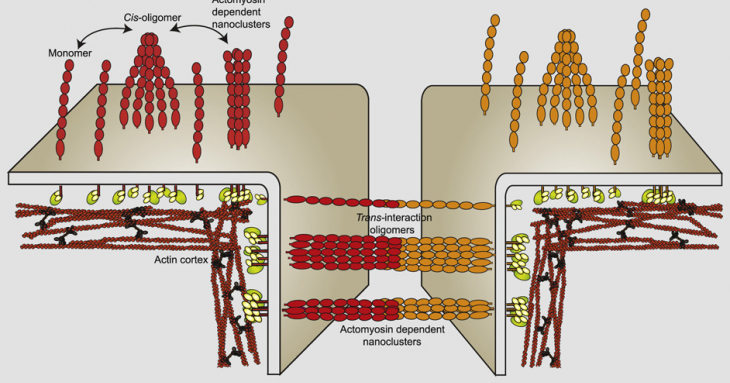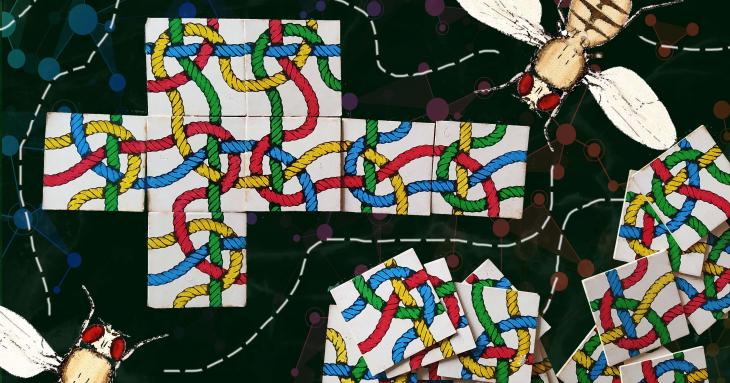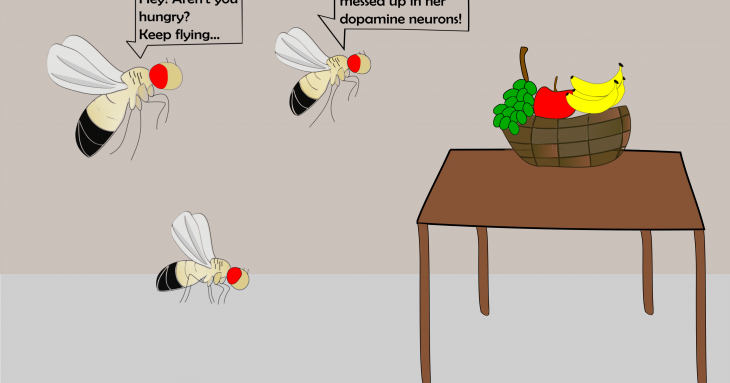-
Retraction of paper from Arati Ramesh Lab at NCBS
On October 5, 2020, Bandhopadhyay et al. published “Discovery of iron-sensing bacterial riboswitches” in Nature Chemical Biology. The publication was announced in an NCBS press release dated October 6, 2020. Soon after publication, attention was drawn by readers on the website PubPeer to suspicious features in certain images in the paper. These concerns were immediately communicated by senior author Dr.
-
Tackling cognition with an ornamental plant
Most of us have heard of Alzheimer’s disease, a neurodegenerative disorder marked by brain cell death and the shrinking of the brain.
-
Purkinje Neurons in Mouse Cerebellum Make the Journal of Neuroscience Cover
The Journal of Neuroscience’s edition on 28 April 2021 Volume 41, Issue 17, carries a cover image created by Sreeja Kumari Dhanya, whose paper with Prof. Gaiti Hasan is published in this edition.
This confocal image shows Purkinje neurons in a mouse cerebellar section. Purkinje neurons that expresses tdTomato fluorescence are immunostained with calbindin (green). The ER-Ca2+ sensor STIM1 supports expression of genes that maintain dendritic morphology and synaptic input of these cells.
-
Scent of a Species
Insects play crucial roles in the ecosystem, and have both known and unknown import in our lives on this planet.
-
Tigers Across the World
A new study reveals differences in the genomic history of tiger subspecies, pointing to the importance of understanding evolutionary history for future conservation
-
Cellular Chinese whispers: How Translation Errors Impact Phenotypic Variability
The immense diversity in the living world and how it came into being has always been a subject of human enquiry. After centuries of playing detective in search of the basis of the parities and disparities that we see among living beings around us, the past century stood witness to some marvellous discoveries in biology and today the Central Dogma of life has been disclosed to us: DNA makes RNA and RNA makes protein (a facile view of a much more complex sequence of events).
-
The glue that holds cells (and us) together
We are all made up of cells. And these cells come together to form tissue, we know this. But what keeps these cells together? How does this glue form and change to promote the functions of a tissue?
-
PHANTOM Diagnostic Tool for SARS-CoV-2 Infection
Efficient detection of the virus that causes COVID-19 has been a question on the minds of many researchers worldwide since early 2020. NCBS researcher Dr. Arati Ramesh, along with Dr. Akash Gulyani from the University of Hyderabad, sought to tackle the pressing need for a rapid, accurate, and inexpensive testing method. A team of students from NCBS and DBT-inStem joined their efforts to create PHANTOM (PHAsed NASBA-Translation Optical Method).
-
Untangling cell signaling, one gene at a time
Fruit flies might be a nuisance to most people, but biologists have long valued them as an experimental model organism.
-
A neuronal cocktail for motivation
‘A journey of a thousand miles begins with a single step’ is a popular adage that talks about the initial thrust required to embark on a task. However, once begun, how do we persevere on the job and not let it fall apart like a New Year resolution? How do we stay motivated?
Well, these are not just philosophical deliberations, but compelling science projects for neuroscience aficionados. Scientists have in fact been on the lookout for the neuronal and molecular players which are at the root of governing motivation.



